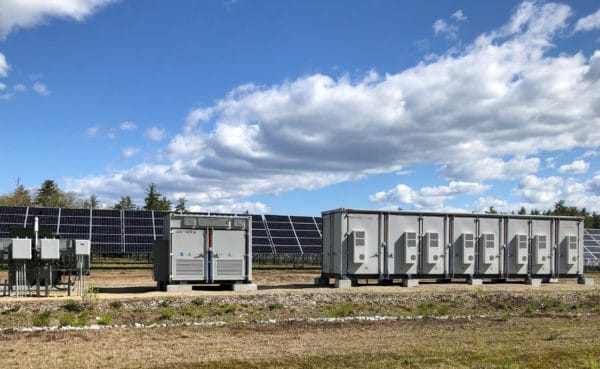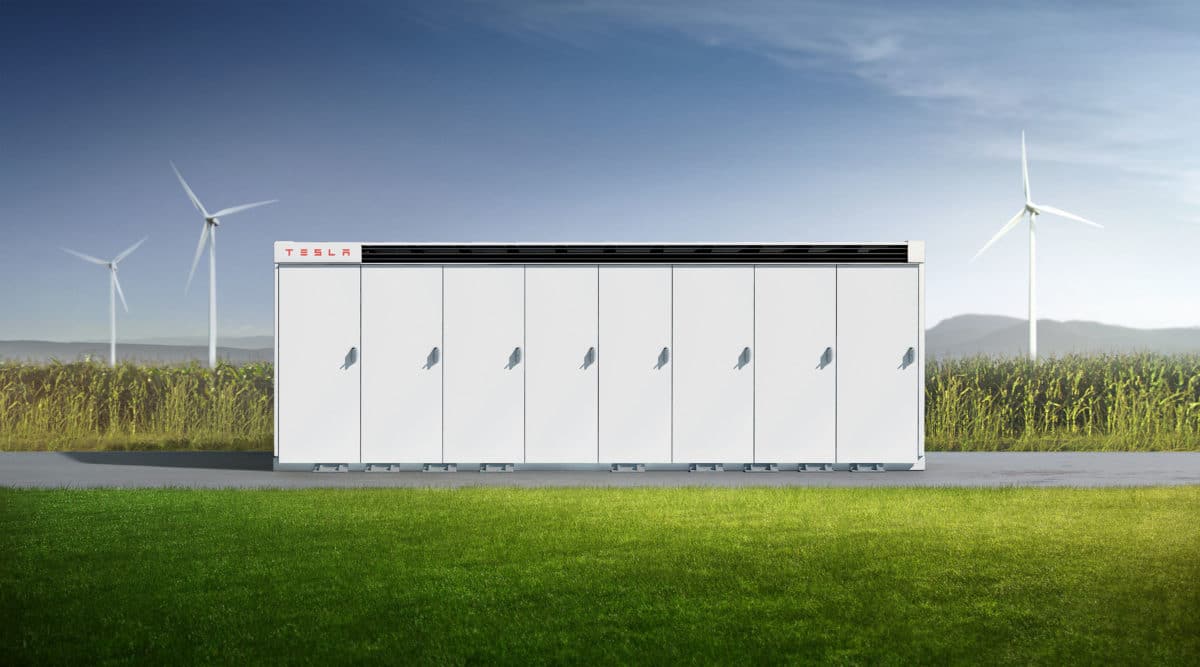The pace of energy storage deployment slowed in the first quarter as 910 MWh was brought online, following a blistering final quarter of 2020 when around 2,000 MWh was deployed. Even so, the first quarter 2021 performance was an increase of more than 250% over the same quarter a year ago.
Wood Mackenzie and the U.S. Energy Storage Association’s (ESA’s) latest US Energy Storage Monitor reported the results and said the deployments made Q1 the biggest to date for the U.S. storage market and the third-highest megawatt total for a single quarter.
Deployments are forecast to pick up through the end of the year. Wood Mackenzie forecasts that nearly 12,000 MWh of new storage will be added in 2021, three times the amount added in 2020.
The NREL study said that battery storage capacity could be at least 3,000 times greater than today. It said that depending on cost trajectories and other variables, 2050 storage deployment could range from 130 to 680 GW, indicating a “rapidly expanding opportunity for diurnal storage in the power sector.”
‘Significant barrier’
In a commentary by the Interstate Renewable Energy Council published by pv magazine USA, Gwen Brown said that despite reductions in battery prices and demonstrated consumer demand, “outdated interconnection policies remain a significant barrier” to unlocking the full value of energy storage on the distribution grid.
She said that without action to remedy the shortcomings of these policies–which control which storage capabilities are recognized and how efficiently they are evaluated–the clean grid of the future “may be out of reach, at least within the timeframe needed to mitigate the worst impacts of climate change.”

Image: ENGIE North America
In particular, she said that many states’ interconnection rules do not explicitly address energy storage. She said this creates uncertainty that slows and complicates the interconnection process and that can negatively impact financing prospects.
Additionally, many interconnection policies use unrealistic assumptions when assessing the impacts of potential storage projects on the grid. “These policy flaws present significant barriers to unlocking the broad energy storage deployment that will be needed to achieve high-renewable scenarios,” she said.
Stand-alone ITC
The Wood Mackenzie/ESA report said that if a stand-alone storage investment tax credit (ITC) is passed by Congress this year, it could result in a 20-25% upgrade its five-year market outlook in megawatt terms.
With a stand-along ITC, the front-of-the-meter (FTM) segment would see the largest incremental growth, with an extra 6 GW of capacity through 2025. Without the federal tax break, the FTM segment could add 3,674 MW in 2021 and 6,915 MW in 2026.
In March, nearly 150 organizations appealed to U.S. House and Senate leaders to make standalone energy storage projects eligible for the ITC as part of the infrastructure package.

Image: Architect of the Capitol
Public interest groups including the Union of Concerned Scientists, the National Resources Defense Council, the Environmental Defense Fund and the Environmental Law and Policy Center joined forces with solar and storage industry associations to voice their support for standalone storage ITC eligibility.
Residential storage
The Wood Mackenzie/ESA report said that residential storage market set a quarterly record in Q1 2021 and has grown for nine quarters in a row, breaking 100 MW deployed in a single quarter for the first time in Q1. The report said that California will continue to lead the residential segment by a “significant margin through 2026.”
The non-residential market (commercial and community-scale) is not seeing the same rate of growth as other sectors, with between 25 and 35 MW of new projects installed in each of the last five quarters.
The report said that the FTM interconnection queue now sits at more than 200 GW, its largest ever. And while many of those projects will not be built, the report found a “surge” of interconnection queue requests outside of markets that offer incentives.
This content is protected by copyright and may not be reused. If you want to cooperate with us and would like to reuse some of our content, please contact: editors@pv-magazine.com.









By submitting this form you agree to pv magazine using your data for the purposes of publishing your comment.
Your personal data will only be disclosed or otherwise transmitted to third parties for the purposes of spam filtering or if this is necessary for technical maintenance of the website. Any other transfer to third parties will not take place unless this is justified on the basis of applicable data protection regulations or if pv magazine is legally obliged to do so.
You may revoke this consent at any time with effect for the future, in which case your personal data will be deleted immediately. Otherwise, your data will be deleted if pv magazine has processed your request or the purpose of data storage is fulfilled.
Further information on data privacy can be found in our Data Protection Policy.